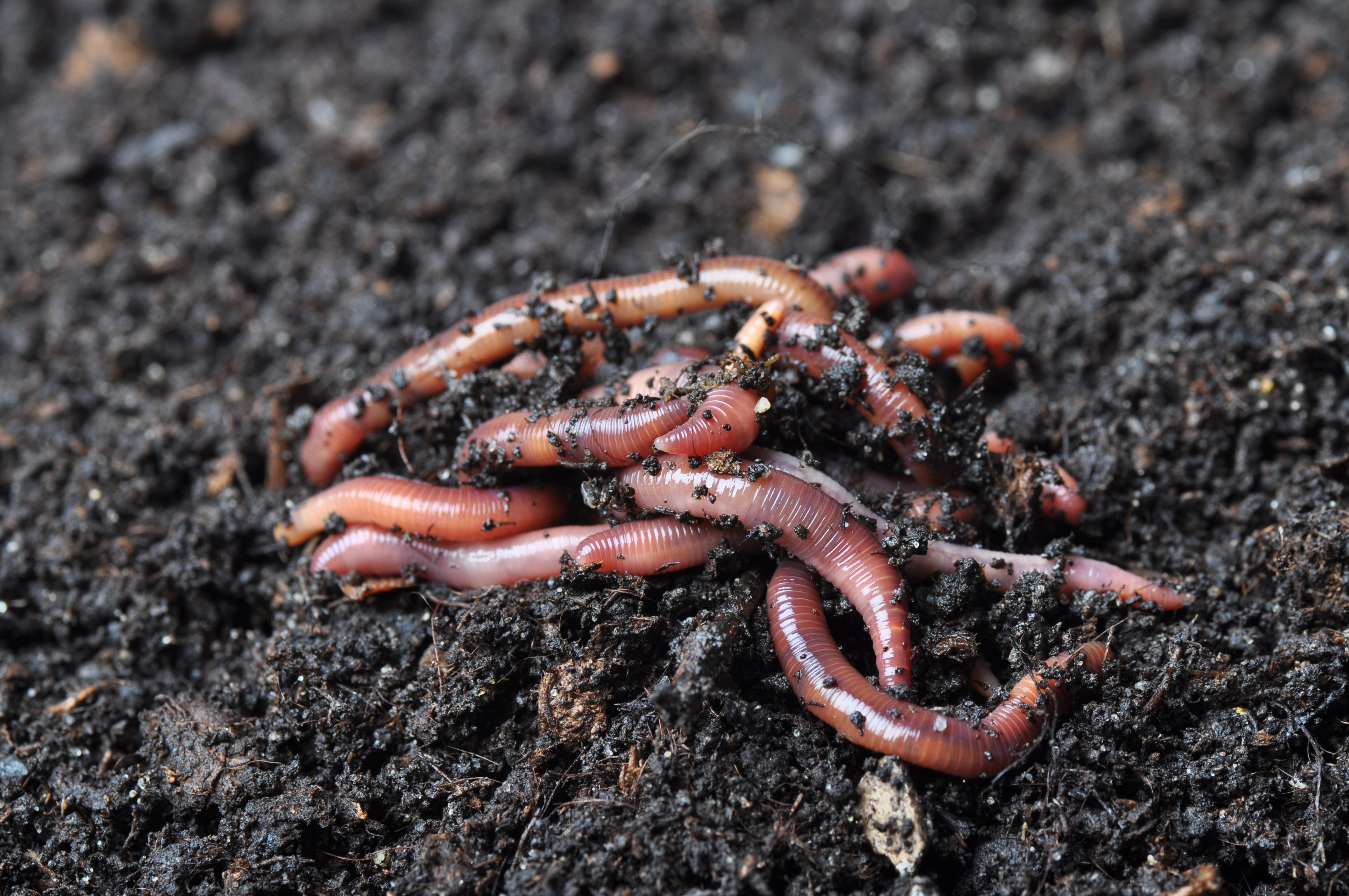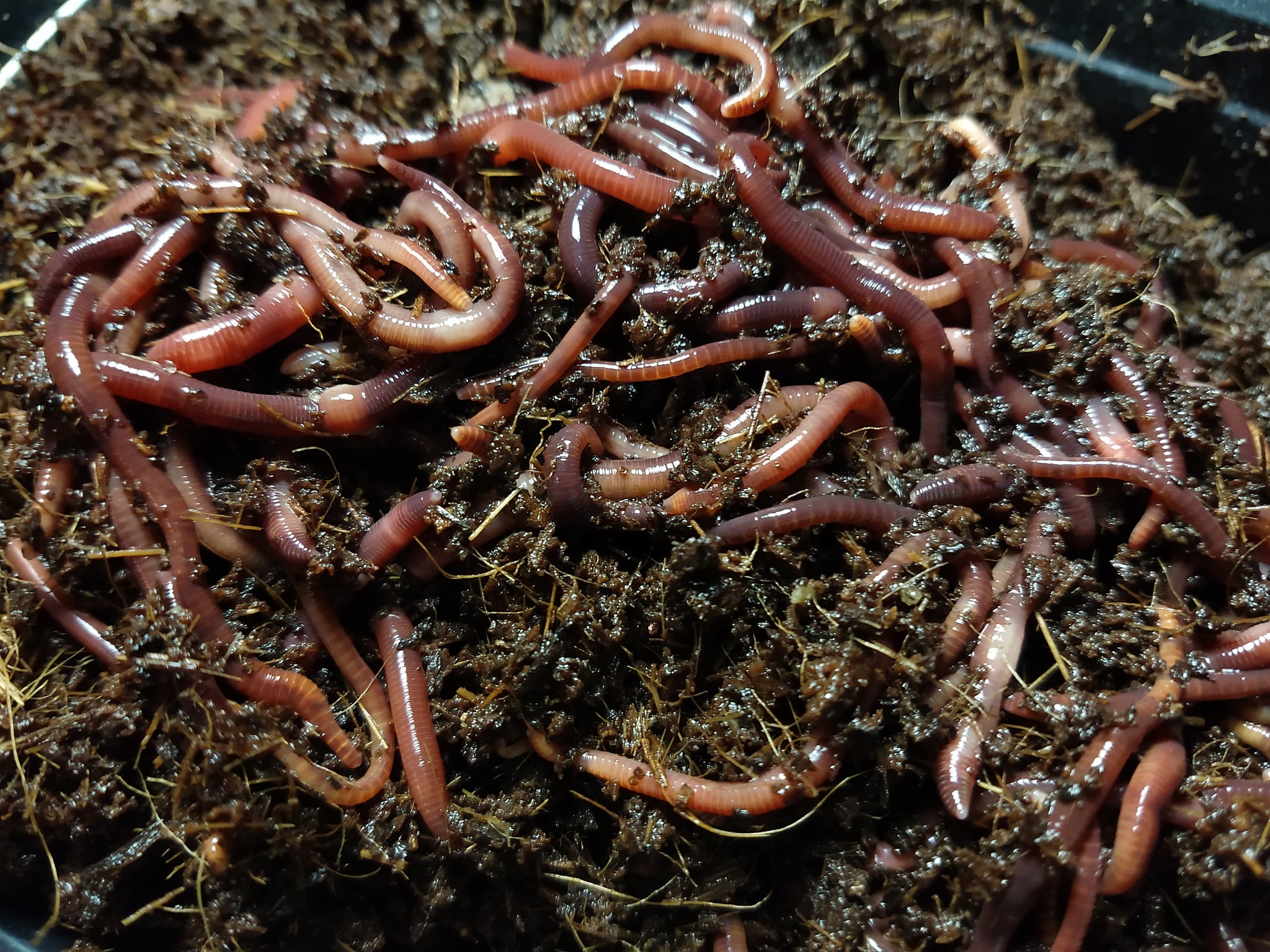Red Wigglers: The Unsung Heroes of Organic Waste Recycling
Red wigglers, or Eisenia fetida, serve as critical agents in the organic waste reusing procedure, transforming thrown out products right into important vermicompost. As the globe increasingly seeks remedies to battle waste build-up and boost agricultural efficiency, understanding the duty of these worms ends up being essential.
What Are Red Wigglers?
The exceptional durability of red wigglers, medically understood as Eisenia fetida, underscores their important role in natural waste recycling. These small, reddish-brown earthworms are commonly discovered in decaying raw material, such as compost heap and manure loads. Lake Hickory Bait. Unlike various other earthworm species, red wigglers flourish in nutrient-rich settings and are very effective at breaking down organic materials, making them essential for vermicomposting

Advantages of Composting With Worms
Composting with worms, especially red wigglers, uses countless benefits that boost both waste monitoring and dirt health and wellness. These worms successfully damage down natural waste, converting it into nutrient-rich vermicompost that enriches dirt. This procedure accelerates decomposition, allowing for a quicker recycling of cooking area scraps and other organic materials contrasted to traditional composting methods.
Additionally, the vermicompost generated by red wigglers is including helpful microorganisms, which assist improve dirt framework, aeration, and moisture retention. This boosts the total health and wellness of plants, promoting vigorous development and boosted yields in yards and farming settings. Furthermore, the usage of worms in composting decreases the production of greenhouse gases, such as methane, contributing to a more sustainable waste monitoring system.

How to Start Vermicomposting
Establishing a vermicomposting system is a straightforward process that can produce considerable advantages for both waste monitoring and dirt enrichment. To begin, select a suitable container, such as a plastic bin or wooden box, with sufficient air flow openings to make certain correct airflow. The dimensions need to ideally be around 2 feet by 3 feet, allowing sufficient space for the worms to flourish.
Following, prepare bed linen product, which can contain shredded paper, cardboard, or coconut coir. This bed linens should be moistened to create a suitable environment for the worms. As soon as the bedding is in area, present red wigglers (Eisenia fetida) right into the container, normally around one pound of worms for every square foot of surface.
Complying with the placement of worms, include natural waste, such as fruit and vegetable scraps, coffee premises, and smashed eggshells. With these steps, you will successfully launch a vermicomposting system that contributes to lasting waste administration and enriches your dirt.
Preserving a Healthy And Balanced Worm Bin
Gently mixing the bed linen and food scraps every couple of weeks protects against compaction and makes certain that all worms have access to oxygen. Furthermore, it is vital to feed the worms suitably.
If the container comes to be as well hot or chilly, the worms might come to be worried. By carefully handling these elements, one can maintain a durable and productive worm container.
Influence On Lasting Living
The successful maintenance of a worm bin not only profits the wellness of red wigglers however also contributes substantially to sustainable living practices. By reusing organic waste, such as kitchen scraps and backyard particles, red wigglers assist divert significant amounts of material from land fills. This decrease in waste not only lowers greenhouse gas discharges but additionally decreases the ecological concern related to waste monitoring.
Additionally, the castings produced by red wigglers act as a nutrient-rich organic plant food, improving dirt health and wellness and promoting plant development. This natural choice to chemical fertilizers sustains sustainable agriculture and horticulture practices, lowering reliance on synthetic inputs that can harm ecosystems. In addition, worm composting fosters recognition of waste management, encouraging people and neighborhoods to adopt more lasting habits.

Verdict
In summary, red wigglers act as best site vital contributors to natural waste reusing through their efficient decomposition of organic materials. Their capability to create nutrient-rich vermicompost boosts dirt wellness and sustains lasting agricultural techniques. By integrating vermicomposting right into waste management strategies, individuals and neighborhoods can dramatically lower waste while advertising ecological sustainability. The duty of Eisenia fetida in promoting healthy communities highlights the value of these organisms in accomplishing sustainable living and boosting dirt fertility.
Comments on “Get Your Lawn in Top Shape with the Help of Lake Hickory Bait Grass Care Solutions”